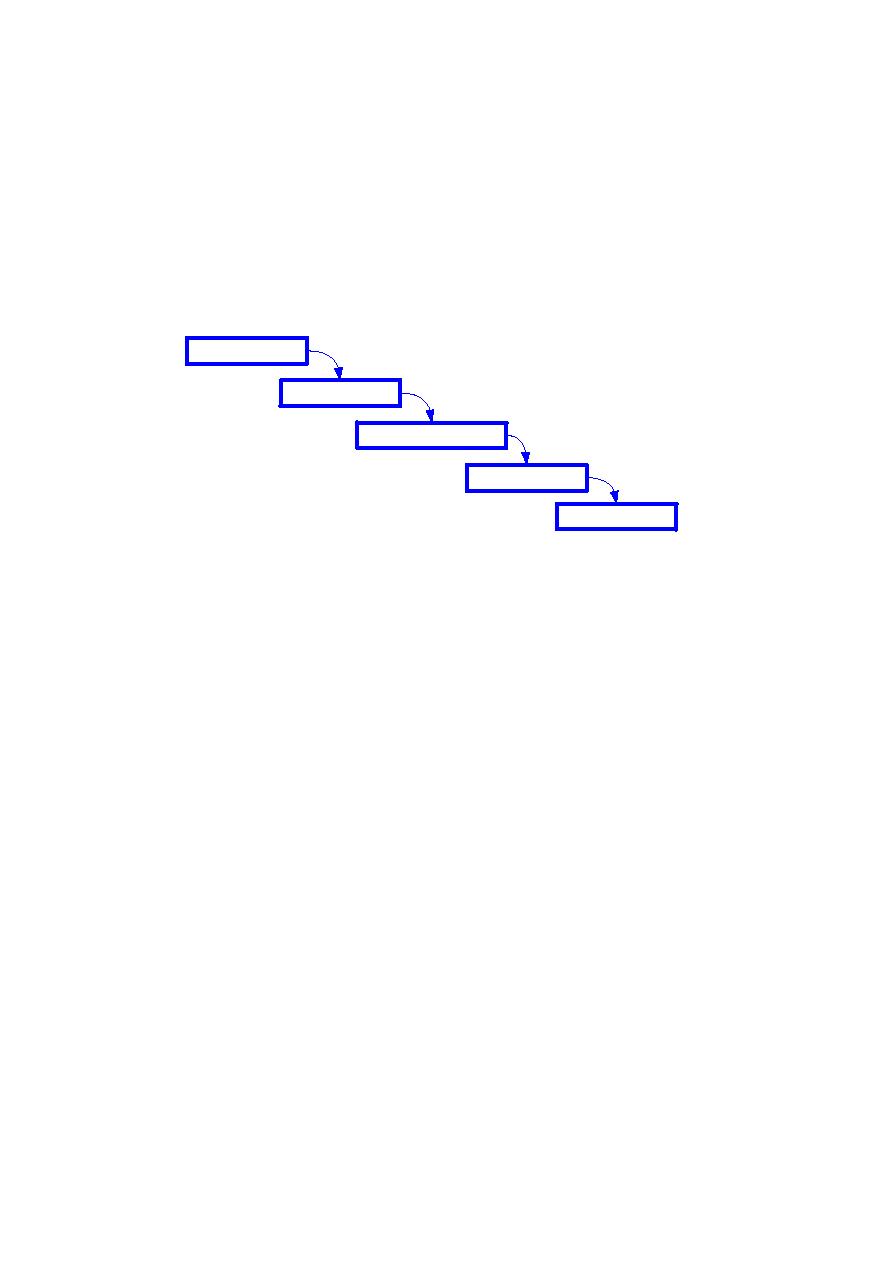
Different Models of Software Development
then go to C and eventually end up at Z. This is extremely simplistic but it does allow you to
visualise the series of events in the simplest way and it emphasises the importance of delivery with
steps being taken towards a conclusion.
Early in the history of software development it was adapted from engineering models to be a
blueprint for software development.
blame has been laid at its door.
development projects that followed this model ran over budget and over schedule and the blame
was attributed to the linear, step-wise nature of the model.
before development and so on. It is far more likely that each phase will have interaction with each
of the other phases.
period of weeks or even days. For a large scale project which span months or even years the gap
becomes significant. The more time that passes between analysis and implementation, the more a
gap exists between the delivered project and the requirements of end-users.
and implemented the following year. That's three years between the point at which the
requirements are captured and the system actually reaches its end users. In three years its likely
that the business, if not the whole industry, will have moved considerably and the requirements will
no longer be valid. The developers will be developing the wrong system! Software of this scale is
not uncommon either.